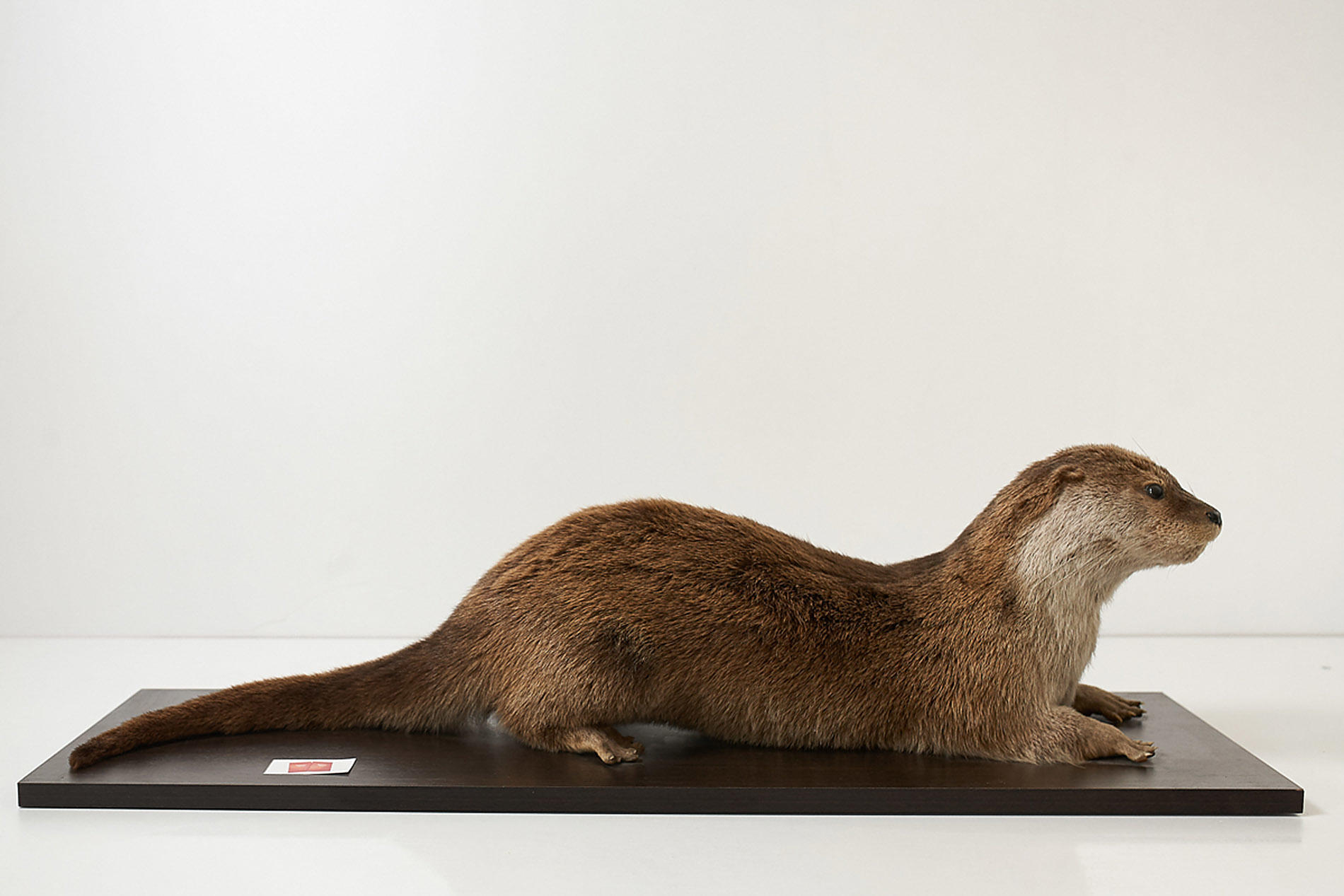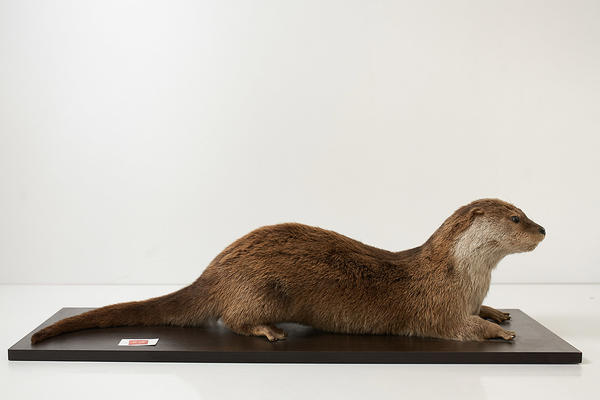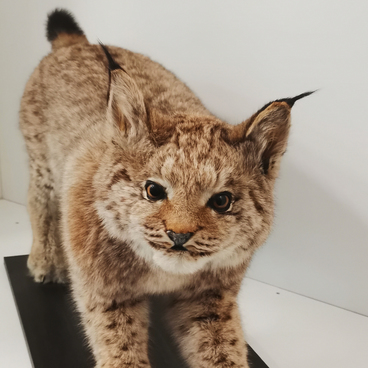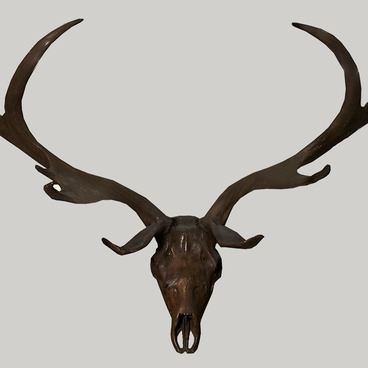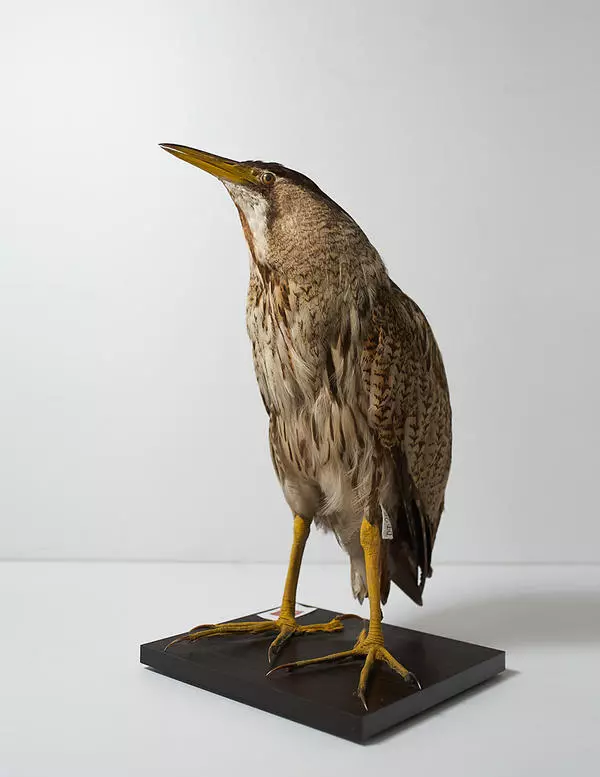Otter, a furry beast with a sly muzzle, long tail and webbed feet dexterously moves in water; on land, it can run at a speed of up to 30 kilometers per hour. This predatory mammal belonging to the marten family feels at home by water. All 5 genera and 17 species of otters whose range embraces North and South America, Europe and Asia, are listed in the Red Book. The reason is that their fur is too good and valuable, and there are enough poachers on all continents.
The size of the animal depends on the species: the length of its flexible body can reach both 50 and 95 centimeters, and its tail can reach 40 and 55 centimeters. Champion otters live in Brazil: their weight is about 20 kilograms, and the length of the body is up to two meters with tail.
Otter’s lungs are disproportionately large in relation to its body; thanks to them, the animal can remain under water for about four minutes. On its face and on the bends of its legs, the predator has vibrissae that help it capture the movements of its potential prey. When an otter is under water, its nostrils and ear holes are covered by water-blocking flappers.
The animal’s brown or grayish-brown fur with a dense, but very soft undercoat deserves particular attention. It is waterproof and it reliably protects the otter from hypothermia. Otter looks after its fur carefully and subjects it to regular combing, smoothing and cleaning. The matter is that dirty fur does not hold heat well, and for an animal without a fat pool, this might end in overcooling and death. Therefore, otters can often be caught in the process of fur cleaning: they fill the undercoat with air, playing and turning somersaults in water.
The otter is a neat animal, and it chooses its dwelling meticulously. The den should be located in a clean place, preferably by running water with plenty of mollusks, crayfish, fish and amphibians.
Otters usually mate in March and April. Pregnancy lasts for about two months, after that the female gives birth to two to four cubs. They are born blind, toothless and covered with dark fluff. The cub begins to gain sight in the age of one month, when its weight reaches 700-800 grams. Cubs begin to feed on their own at the age of two months, but they do not go far from their mother. Otters reach puberty only by the age of three, but they begin to set up their own home by the age of one year.
Here is a typical representative of the class. On March 5, 1968, hunter Popov caught this otter in the vicinity of the village of Kovrizhka of the Krapivinsky district. Taxidermist V.I.Yakimov made a dummy and handed it over to the Kemerovo Oblast Museum of Local History.
The size of the animal depends on the species: the length of its flexible body can reach both 50 and 95 centimeters, and its tail can reach 40 and 55 centimeters. Champion otters live in Brazil: their weight is about 20 kilograms, and the length of the body is up to two meters with tail.
Otter’s lungs are disproportionately large in relation to its body; thanks to them, the animal can remain under water for about four minutes. On its face and on the bends of its legs, the predator has vibrissae that help it capture the movements of its potential prey. When an otter is under water, its nostrils and ear holes are covered by water-blocking flappers.
The animal’s brown or grayish-brown fur with a dense, but very soft undercoat deserves particular attention. It is waterproof and it reliably protects the otter from hypothermia. Otter looks after its fur carefully and subjects it to regular combing, smoothing and cleaning. The matter is that dirty fur does not hold heat well, and for an animal without a fat pool, this might end in overcooling and death. Therefore, otters can often be caught in the process of fur cleaning: they fill the undercoat with air, playing and turning somersaults in water.
The otter is a neat animal, and it chooses its dwelling meticulously. The den should be located in a clean place, preferably by running water with plenty of mollusks, crayfish, fish and amphibians.
Otters usually mate in March and April. Pregnancy lasts for about two months, after that the female gives birth to two to four cubs. They are born blind, toothless and covered with dark fluff. The cub begins to gain sight in the age of one month, when its weight reaches 700-800 grams. Cubs begin to feed on their own at the age of two months, but they do not go far from their mother. Otters reach puberty only by the age of three, but they begin to set up their own home by the age of one year.
Here is a typical representative of the class. On March 5, 1968, hunter Popov caught this otter in the vicinity of the village of Kovrizhka of the Krapivinsky district. Taxidermist V.I.Yakimov made a dummy and handed it over to the Kemerovo Oblast Museum of Local History.
